Background & Concept
With the encouragement of the Gdańsk-born former Prime Minister Donald Tusk (now President of the European Council), a competition was opened to find a design for the new museum. The Kwadrat Architectural Studio from Gdynia was chosen to design the building, which now resides on land facing out onto the Motława River, hemmed in by the Radunia Canal and yards from the symbolic Polish Post Office building on Pl. Obrońców Poczty Polskiej.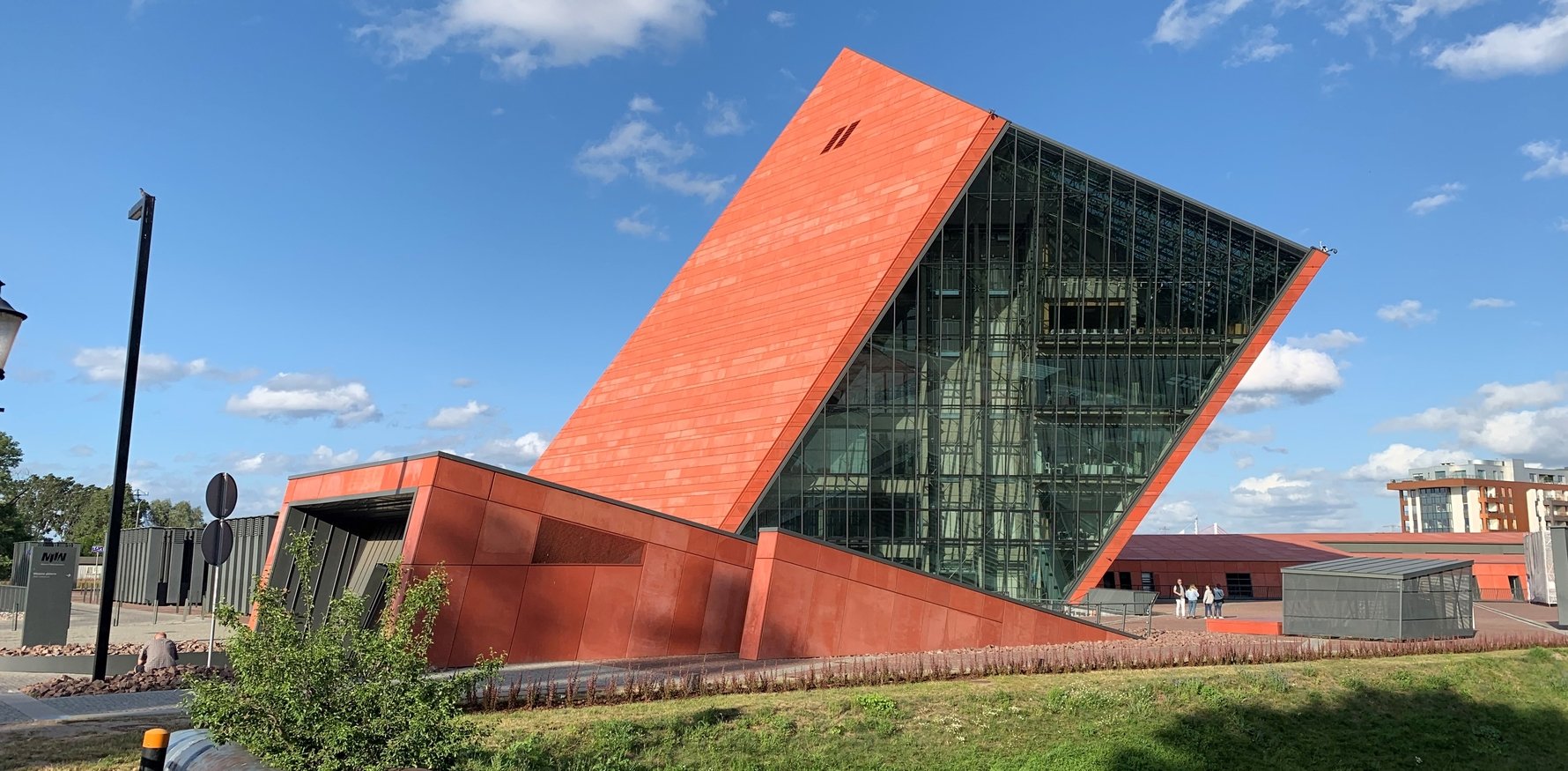
The museum grounds cover almost 2.5 acres, while the building covers 26,000 square meters. The building is very pointedly divided into three spheres, which reflect the connection between the past, present, and future: the past — the underground, the present — the square surrounding the building, the future — the leaning tower with the glass façade and ceiling reaching up to 40.5 meters. The tower houses host a library with a reading room, lecture and conference rooms. The museum also has a café and a top-floor panorama restaurant is planned to be opened in the future.
The architectural conception assumes that the entire evil of the war is hidden under the ground, and the ‘light’ of hope reaches within through a crack that runs along the square. It is the crack that forms the compositional axis of the entire concept of the placement of the main exhibition. It links the interior of the building with the world outside. The entire arrangement of the area is complemented by the square that surrounds the building, where open-air events will be held and people will be able to relax.
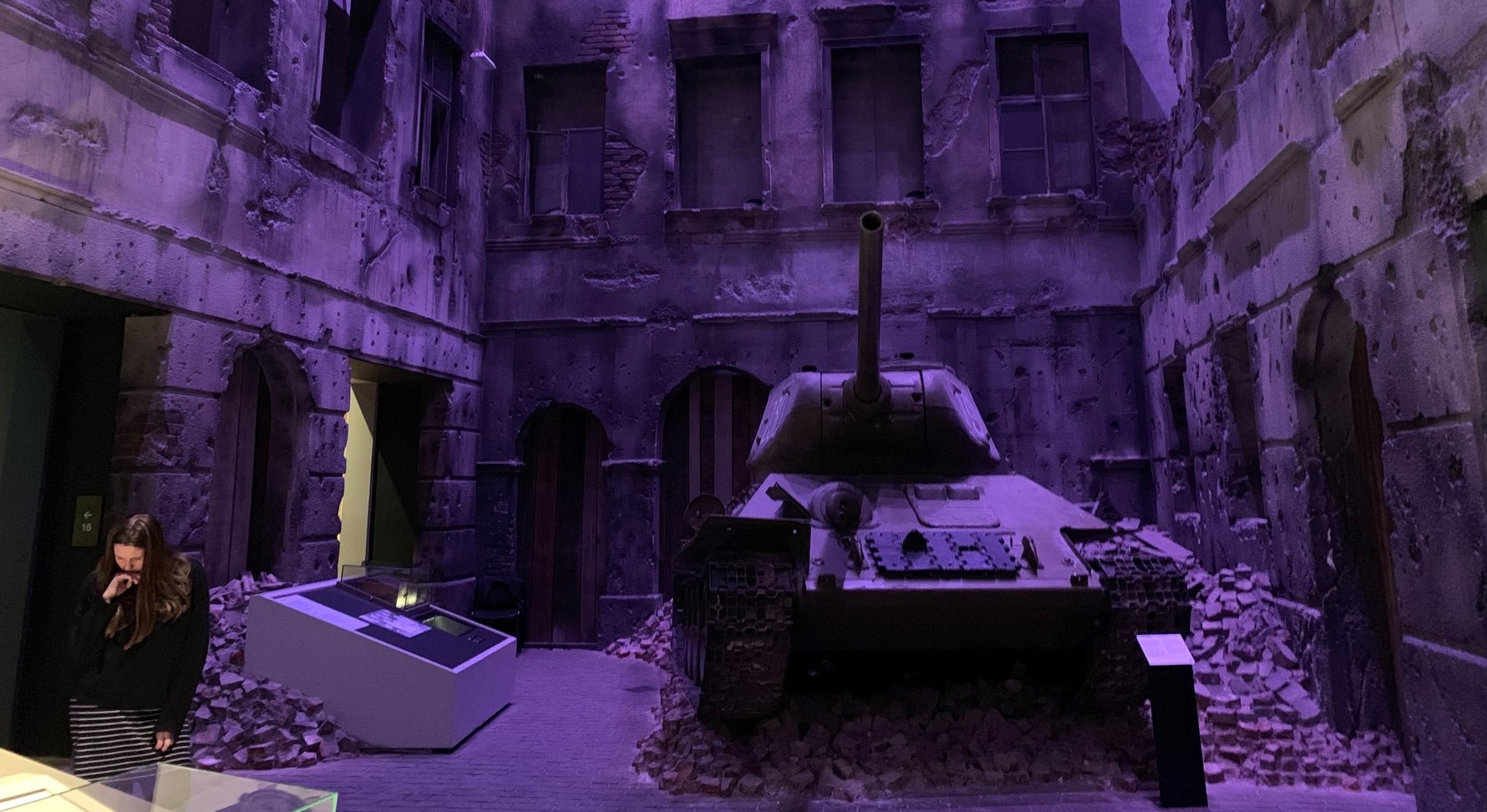
Getting There and Getting In
If you are in or close to the Old Town of Gdańsk, we suggest you reach the museum on foot (it is about a 10-minute walk from the Crane). Be warned that the number of entrances daily are limited and that has caused some inconvenience already for people wishing to visit. Our advice is to go online and book your tickets in advance to avoid queuing and/or disappointment. For those visiting Gdańsk during the week, keep in mind that Tuesdays are FREE entry. It is not uncommon for people to visit twice, including their Monday or Wednesday, in order to see everything in this massive exhibition!
Tips for Visiting
The first thing that we advise, particularly if you have more than a passing interest in the history of World War II, is to leave plenty of time to visit. We were advised that 3 hours would be sufficient but we’ve not been the only ones to observe that this isn’t nearly enough time to make your way around the exhibition. There is so much that you can see, watch and read that it is not inconceivable that a keen WWII buff could spend the entire day at the museum. For this reason, making use of the café on Level -2, which also sells sandwiches and snacks, is something you may want to take advantage of. While the museum does not encourage people to bring food and drink into the exhibition, it is possible to leave and re-enter the exhibition during the day. Note you may have to wait to re-enter if the maximum number of visitors has been reached in the meantime. You might wish to consider leaving the exhibition for lunch and you’ll find a few very good spots within 5 minutes walking distance, first across the road at the Motłava Restaurant or any one of Mercato, Fishmarkt Targ Rybny, Kubicki or Prologue at Targ Rybny close to the Hilton Hotel.

We also advise that you pick up one of the multi-lingual audio guides before entering. They cost a mere 5zł and they are excellent. Not only are the commentaries very professionally done but the handset also recognises where you are in the building, delivers the correct commentary and then tells you where to walk to next. Another option is to hire your own guide and the museum has a recommended list.
Finally, phone reception is typically non-existent in the depths of the exhibition. We advise you to agree on a meeting place beforehand to avoid the problems we had in finding each other.
The Permanent Exhibition
The exhibition has to be seen to be understood. It is huge and incredibly thorough. While the numerous films, photographs, collection of arms and uniforms and excellent English translations mark this museum out as one of the best we’ve ever visited, it is the collection of artefacts, many the personal belongings of families involved with the war which were donated to the museum, that really bring the personal experiences of World War II to life. Keep an eye for example the wedding dress made by an American bride from parachute silk. Some of the paraphernalia that has been gathered, such as the Nazi Christmas tree decorations, has to be seen to be believed.In total there are over 2,000 exhibits on display spread over three narrative blocks: ‘The Road to War’, ‘The Horrors of War,’ and ‘The War’s Long Shadow’. This is divided into 18 thematic sections, which is reflected in the layout of the exhibition rooms.

The Road to War explains the occurence of pre-war political idealogies, Communism and Fascism, notably both of which would divide Poland from the very beginning of the war. Hitler, Mussolini, Stalin and aspects of their propaganda are all expanded upon in a fascinating collection of artifacts, posters and memorabilia. You’ll get to learn pre-war Poland and its precarious position squeezed between an aggressive Germany to the west and a bitter and revengeful Soviet Union to the east. Furthermore, the unique situation of The Free City of Danzig (now Gdańsk), a further point of contention that existed between Poland and Germany, would ultimately be the spark that ignited an international conflict.
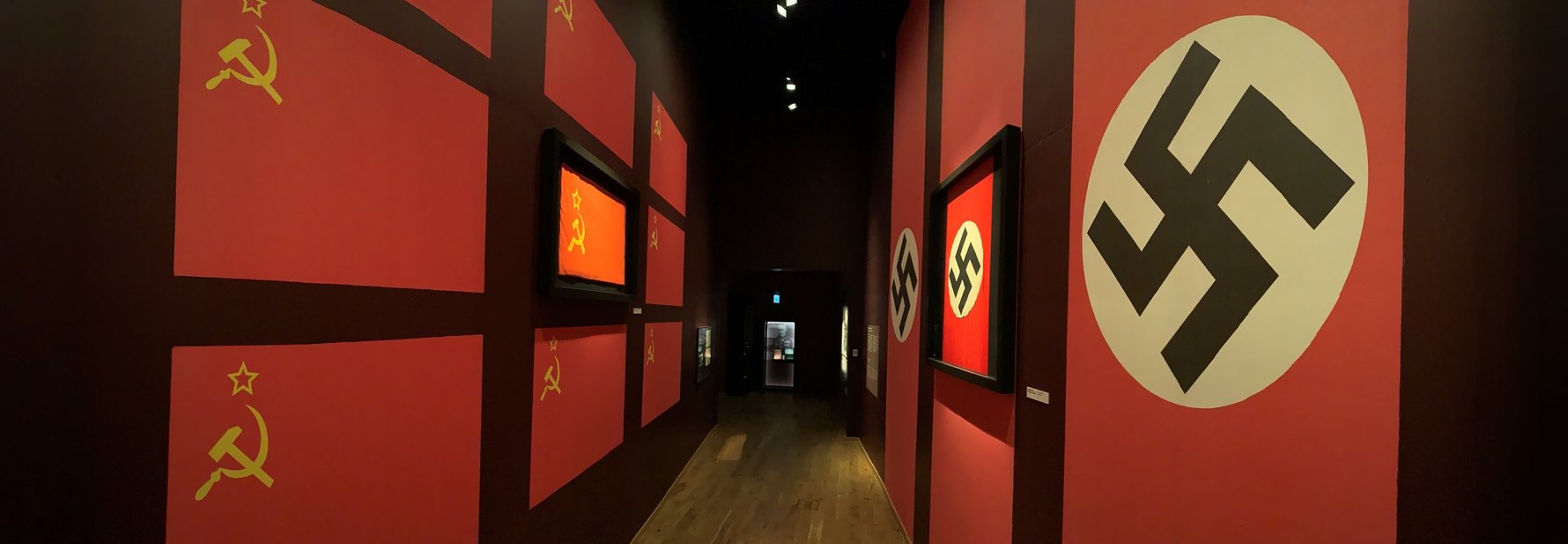
Of the most memorable parts of The Horrors Of War are photos by American journalist Julien Bryan who was in Warsaw as the Germans attacked in September 1939. He recorded what he saw on film for American news and his reporting, showing people trying to deal with the impending doom are quite remarkable. The photo of a young girl knelt over her senselessly murdered sister left an indelible mark. The exhibition goes onto to tell the story of the war from numerous angles and more incredible exhibits. Each room is arranged with particular sound, lighting and arrangement of design in mind. The tribute to Polish victims of the holocaust, presented as a room filled with thousands of endless photo portraits again the soundscape of a sombre jewish prayer, is particularly moving.
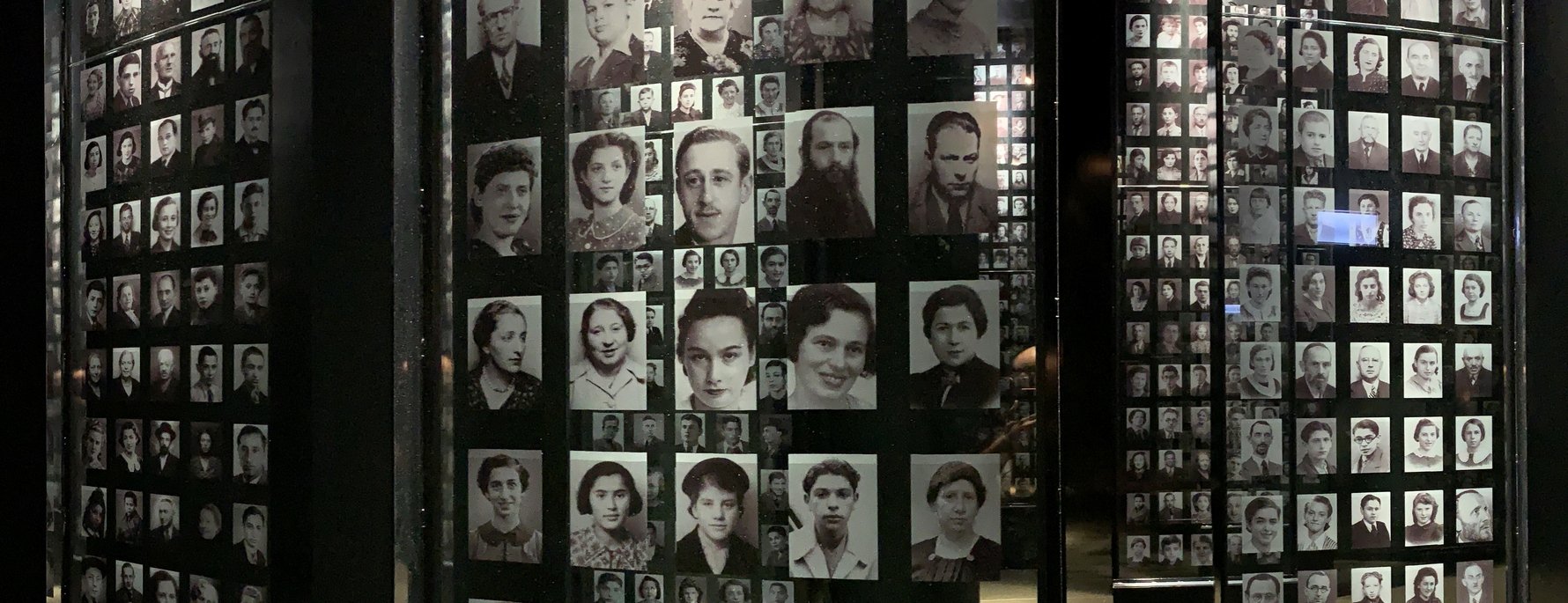
The final part, The War’s Long Shadow, looks at the aftermath. Europe was divided. Germany was divided. Eventually Berlin was divided. Poland, the defence of which had caused the UK and France to declare war, was destroyed and abandoned. This part of the exhibition looks at how the world developed on either side of the Iron Curtain and how two blocs faced off for 45 years.
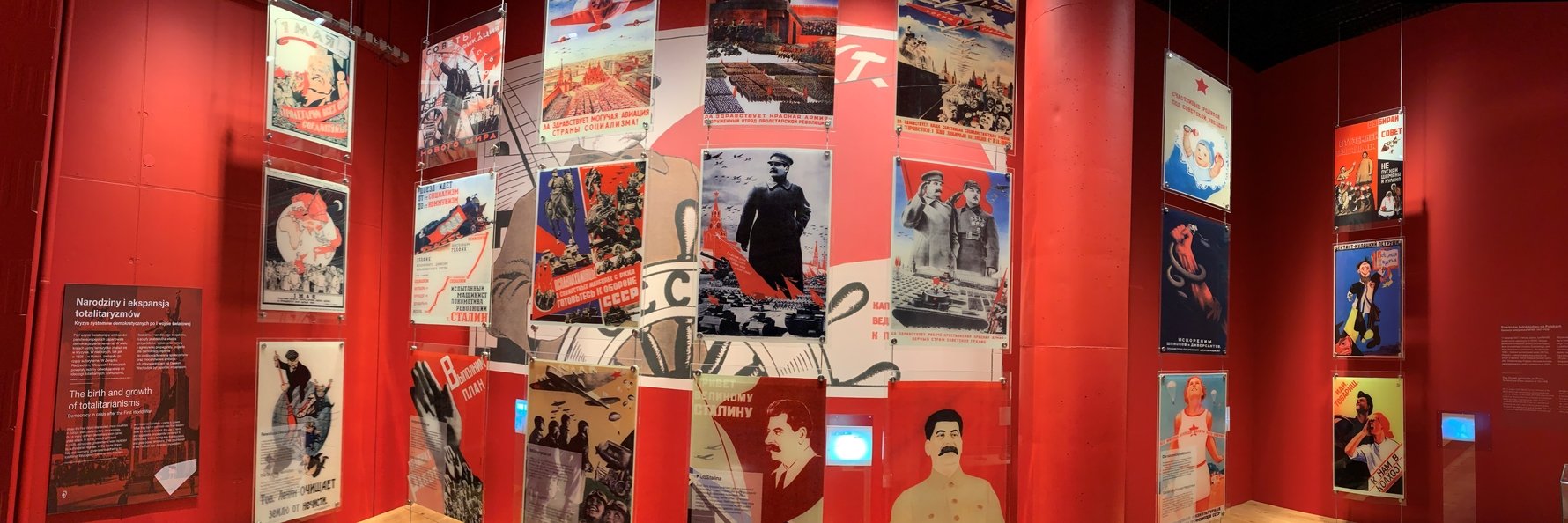
It’s the references to the real people, not just statistics of those who died, and of human stories of survival and of heroism that really have an effect. You are shown that World War II is not just about the battles and the heroes. World War II is about also forced labour, torture, murder and the destruction of people and spirit. It is appropriate that this museum has been built in Poland as no people suffered as much as those that lived on the territory of Poland. And if there is one message that comes out clearly from this exhibition, it is the one displayed in huge white letters at Westerplatte where the first shots were fired – Nigdy więcej wojny (No More War).On leaving this part assuming you went in, you find yourself in the main part of the exhibition.


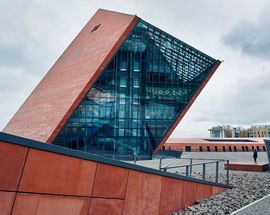
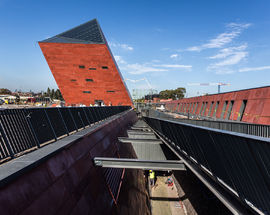
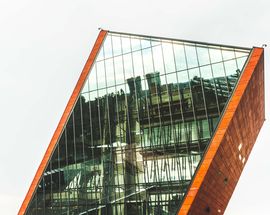
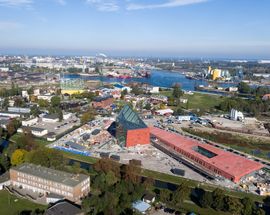
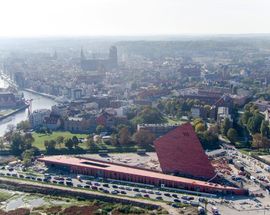
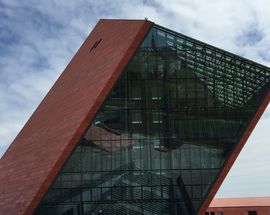

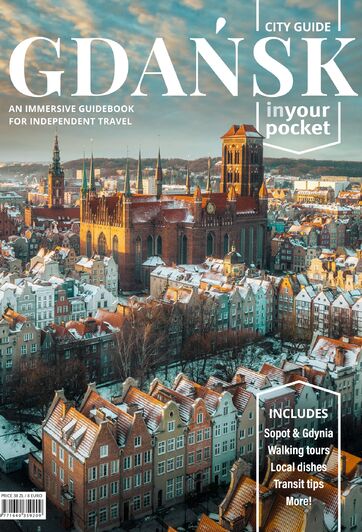


Comments